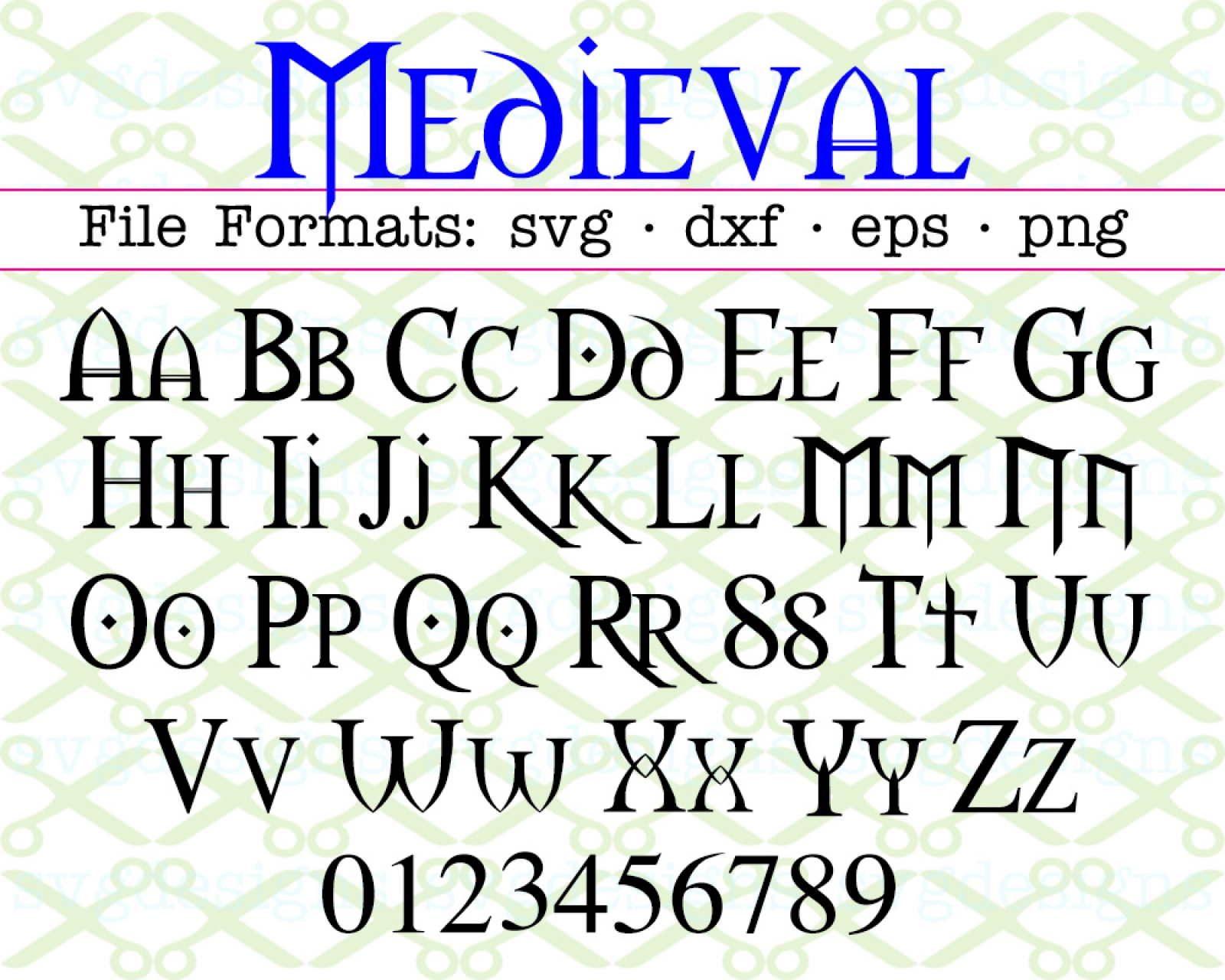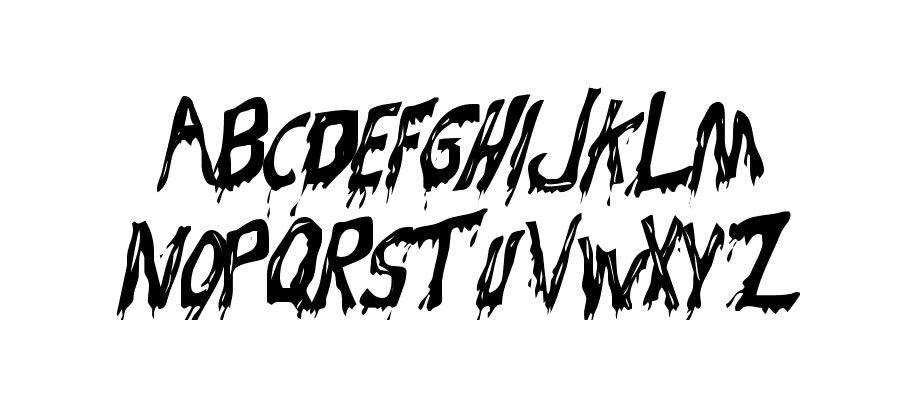


In order to save money that would be spent on printer ink for other typefaces, the university reportedly switched their default e-mail and printing typeface from Arial to Century Gothic. It was found that Century Gothic uses about 30% less ink than Arial. The two fonts also have some minor visual differences.Īccording to the University of Wisconsin-Green Bay, Century Gothic uses much less ink than other, similar sans-serif typefaces. Unlike Century Gothic, Levenim MT does not have true italics. Levenim MT has two weights, namely Regular and Bold.
Best free gothic fonts for free#
Levenim MT is a version of Century Gothic that includes Hebrew alphabet and is available for free on most versions of Windows. Levenim MT Ĭentury Gothic and Levenim MT have minor differences in spacing and punctuation marks. It has been a part of Microsoft Office since the release of version 4.3 in 1994 and is available in the modern versions.

Best free gothic fonts windows#
Plus! 95 and Windows 98 included Century Gothic, but contemporary versions of Windows do not. As such, it has been bundled with many Microsoft products. While its structure is similar to Futura, its regular style is between Futura and Twentieth Century's regular and light weights.Ĭentury Gothic was one of several clones of PostScript standard fonts created by Monotype in collaboration with or sold to Microsoft, including Arial (a clone of Helvetica), Book Antiqua (Palatino), and Bookman Old Style ( ITC Bookman). ITC Avant Garde was intended as a display design for large headings and advertisements (although it is somewhat usable for body text because of the high x-height) and as a result Century Gothic is quite a light typeface, especially in default weight, with the classic display typeface feature of tight spacing and quite wide characters, in contrast to Twentieth Century which was intended more for small-size applications with a more solid stroke weight and open spacing. Century Gothic has a finer structure, less variation in stroke width and sometimes wider characters, and by default tighter spacing. Twentieth Century has features for smaller text such as loose spacing and a solid stroke weight that narrows where curves join the verticals. Twentieth Century (above) and Century Gothic (below) at equalised x-height in their default weight. Most notably, it lacks the extreme stylistic alternates of Avant Garde, such as highly slanted letters designed to fit together closely in kerning. Century Gothic also has larger, rounder tittles on the letters i and j more akin to Futura, whereas Avant Garde keeps the tittles square and the same width as the letter strokes. However, it differs from ITC Avant Garde in that like Futura and Twentieth Century, Century Gothic does not have a descender at bottom right of the "u" (making it appear like a Greek upsilon υ), whereas Avant Garde does. Century Gothic is similar to ITC Avant Garde in its pure geometry, and does not possess the subtle variation in stroke width found in either Futura or Twentieth Century. This allows it to substitute interchangeably for Avant Garde in documents, an important feature since Avant Garde is a standard font in some forms of the PostScript digital printing standard, and so Century Gothic allowed Microsoft to use it in preference to paying for an ITC Avant Garde license.Īdditionally, Century Gothic's design was based on Monotype's own Twentieth Century, which was drawn by Sol Hess between 19 for the Lanston Monotype Company. Century Gothic was created to be a substitute font for ITC Avant Garde, designed by Herb Lubalin, and released by the International Typeface Corporation (ITC) in 1970, so a document created in one can be displayed in the other with no change to copyfit. While many geometric sans-serif typefaces have been released to compete with the popular typeface Futura, Century Gothic is perhaps unique in its origin: it redraws one to match the design proportions of a second.


 0 kommentar(er)
0 kommentar(er)
